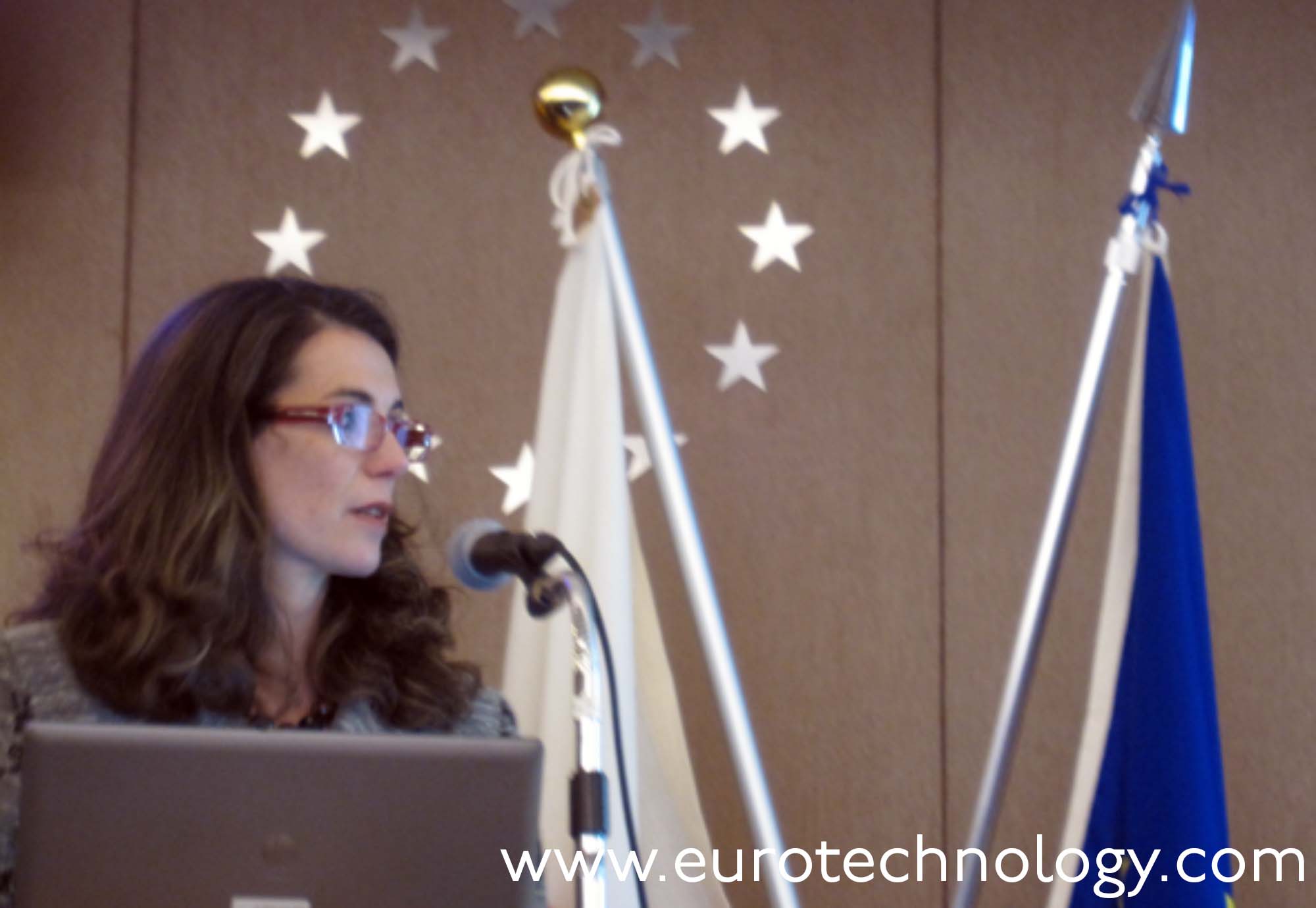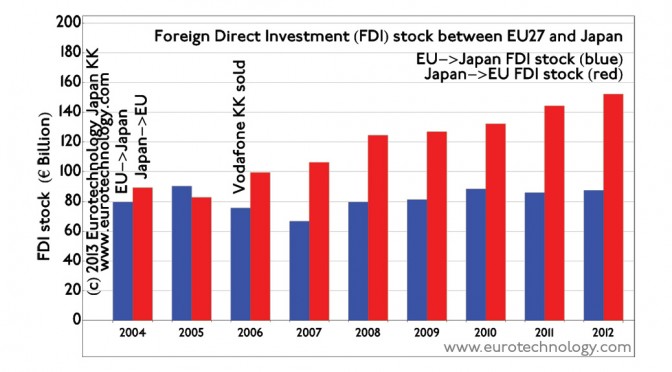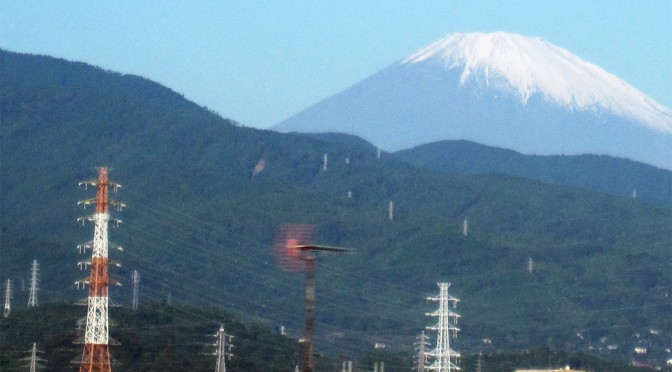Tag: featured
-

Horizon2020 Japan conference at the EU Delegation in Tokyo
Horizon 2020 Japan conference encourages Japan participation in this R&D and innovation program of the EU Horizon 2020 Japan: Ambassador Hans Dietmar Schweisgut, welcome Horizon 2020 Japan – Yoichiro Matsumoto: Japan’s research needs to go global (Professor Yoichiro Matsumoto, Executive Vice President, The University of Tokyo) Recent situation in Japanese Universities Japan has shown a…
-

EU Japan investment stock
EU Japan investment stock EU Japan investment: EU to Japan EU to Japan investment register EU investments in Japan have been relatively constant around EURO 80 billion. There has been a marked reduction in EU investment in Japan in 2006 due to the withdrawal of Vodafone from Japan with the sale of Vodafone KK to…
-

Japan energy market: How can an EU company succeed in Japan’s energy landscape? (EU-Japan Gateway keynote)
Japan energy market entry for EU companies EU-Japan Gateway program keynote I was invited to give a keynote talk to about 50 European participants in the EU-Japan Gateway program, which assists small and medium sized European companies to enter the Japanese market. Japan energy market: “How can a European company succeed in Japan’s energy landscape?”…